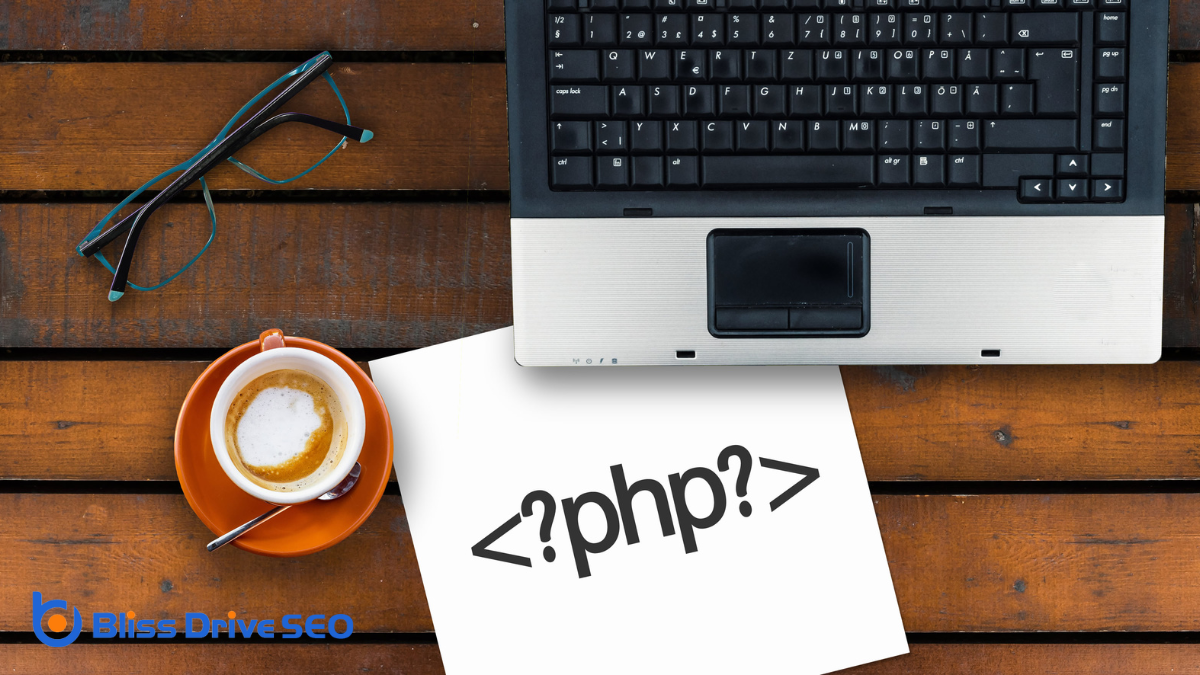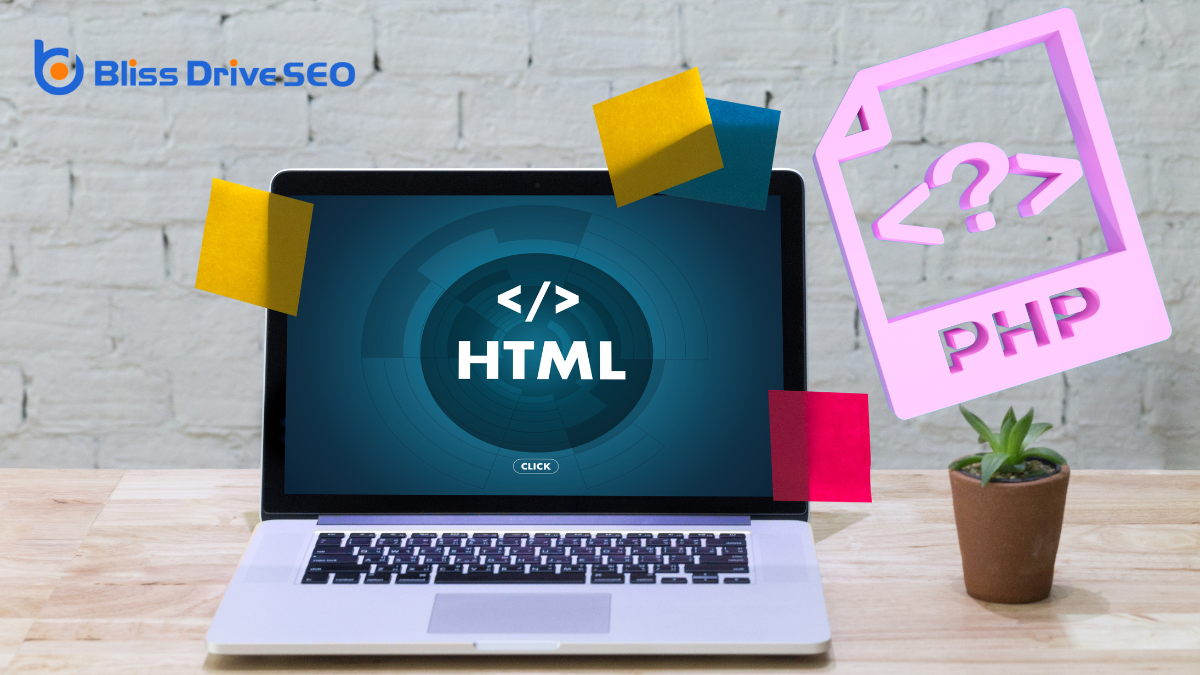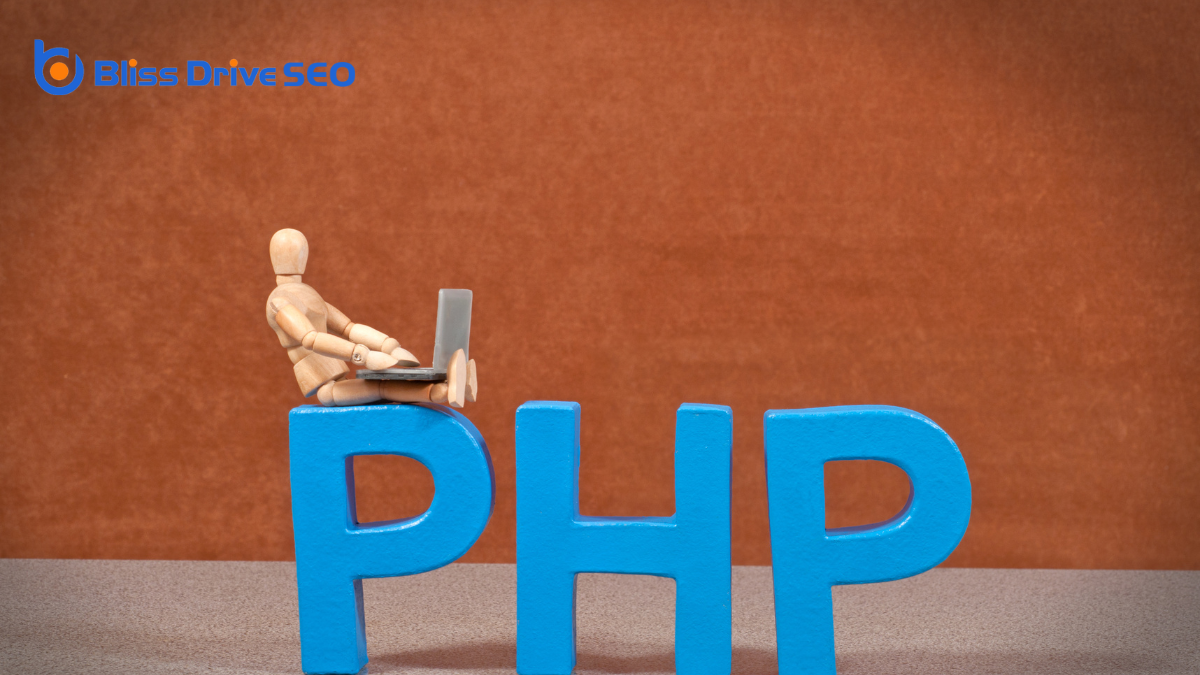Learn More About Us

When you think about web development, PHP often comes to mind as a pivotal player. It's not just about writing code; it's about crafting dynamic and interactive experiences that respond to user actions. By embedding PHP within HTML, you can create personalized content that truly adapts to individual needs. But how does PHP connect with databases, and what makes its security features so essential? As you explore the nuances of PHP, you'll discover its impact on everything from basic websites to extensive e-commerce platformsSoftware solutions that allow businesses to create and manage online stores, such as Shopify, WooCom.... The question is, what's next for PHP in the ever-evolving web landscape?
PHP, a popular server-side scripting language, powers countless websites by enabling dynamic contentEmail content that changes based on the recipient's preferences or behavior. generation and seamless user interactions. When you explore PHP's core functionality, you're revealing the ability to create dynamic web pages that respond to user inputs in real-time.
PHP scripts run on the server before sending the results to a user's browser, which means you can customize content based on user preferences, manage sessions, and process forms efficiently.
You'll appreciate PHP's simplicity and flexibility. It's easy to embed PHP code within HTML, allowing you to directly control the content displayed on your site.
PHP's strength lies in its ability to connect with databases like MySQL, enabling data retrieval and storage that supports personalized user experiences and data-driven applications.
PHP also offers an extensive library of pre-built modules and functions, which can save you time on common tasks like file handling, data encryption, and email sending.
With PHP's strong support for object-oriented programming, you can build modular and reusable code, enhancing your development workflow.

When crafting dynamic web pages, you'll find that integrating PHP with HTML is both intuitive and powerful. PHP, a server-side scripting language, allows you to embed code directly within HTML files, making it easier to create web pages that can change based on user interaction or other conditions.
By using PHP tags, you can seamlessly weave PHP logic into your HTML structure. This is particularly useful for tasks like displaying dynamic content, managing form submissions, and controlling page layout based on various conditions.
To begin, simply insert PHP code using the '' tags in your HTML file. For example, you might use PHP to fetch and display the current date, personalize user greetings, or loop through a set of data to generate repeated HTML elements.
The integration is straightforward - the server processes PHP code and sends the resulting HTML to the user's browser.
One of the key advantages is that PHP can perform operations based on input or server data before the page is sent to the client. This means you can create personalized and interactive experiences without relying solely on client-side scripts like JavaScript.
PHP's integration with HTML empowers you to build responsive and engaging web applications.
As you embed PHP within HTML to create dynamic web pages, another powerful capability awaits: interacting with databases. This allows you to store, retrieve, and manipulate data efficiently, making your web applications more robust and responsive.
With PHP, you can connect to databases like MySQL or PostgreSQL and execute SQL queries to manage data seamlessly. Here's how PHP can enhance your web development through database interaction:
Creating dynamic web pages transforms a static website into an interactive experience for users. PHP plays an essential role in this process by enabling you to generate content that changes based on user interactions. When a user visits your site, PHP can retrieve data from a database, process it, and display it on a webpage in real-time. This means your users get fresh, relevant content every time they visit.
Imagine you're running an online store. With PHP, you can display personalized recommendations or update product listings dynamically as your inventory changes. You can also collect user input through forms and use PHP to process this data, providing quick feedback or redirecting users to a specific page based on their responses.
PHP's ability to create sessions allows you to track user activity, which is perfect for building features like shopping carts or user profiles. It manages these sessions seamlessly, enabling users to move between pages without losing their progress.

When you're building web applications, PHP frameworks like Laravel and Symfony can greatly speed up your development process.
They provide pre-built modules and a structured approach, enabling you to focus more on the unique aspects of your project.
Additionally, essential libraries such as Guzzle and PHPMailer offerThe specific product or service being promoted by affiliates. ready-to-use solutions for common tasks, making your coding experience more efficient and effective.
PHP frameworks have become essential tools for developers looking to create robust and scalable web applications efficiently. They offer pre-built modules, tools, and libraries that simplify the development process. By utilizing these frameworks, you can focus more on your application's unique features rather than reinventing the wheel.
Here are three popular PHP frameworks you should consider:
Each framework has its strengths, so choosing the right one depends on your project's needs and your personal preference.
Every developer knows the importance of having a set of essential PHP libraries at their disposal. These libraries can save you time, reduce coding errors, and enhance the functionality of your web applications. They're like tools in a toolbox, each designed to solve specific problems efficiently.
One essential library you should consider is Guzzle, a simple yet powerful HTTP client. It makes sending HTTP requests and integrating APIs into your application seamless.
Then there's PHPMailer, which simplifies sending emails from your PHP application without all the hassle of configuring mail servers manually.
If you're dealing with databases, Doctrine is invaluable. It offers a robust ORM (Object-Relational Mapping) framework that helps manage database operations with ease.
For those working with image manipulation, the Imagine library provides a fluent API to handle various image-processing tasks.
Security should always be a priority, and libraries like PHPseclib help you incorporate secure encryption and cryptographic functions.
And when it comes to testing, PHPUnit is a must-have. It provides a framework to write and run tests, ensuring your code works as expected.
When you're building secure web applications with PHP, understanding its data encryption techniques is essential.
These methods guarantee sensitive information remains confidential and protected from unauthorized access.
Additionally, input validation methods in PHP help prevent malicious data from compromising your application's integrity.
Guaranteeing secure data transmission is essential in web development, and PHP offers a range of data encryption techniques to help you safeguard sensitive information. By using these techniques, you can protect user data from unauthorized access and guarantee confidentiality.
1. Hashing: PHP provides functions like 'password_hash()' to perform Hashing, which converts data into a fixed-size string of characters. This is useful for storing passwords securely.
Hashing is a one-way encryption process, meaning once data is hashed, it can't be reverted back to its original form.
2. Symmetric Encryption: For data that needs to be both encrypted and decrypted, PHP offers functions like 'openssl_encrypt()' and 'openssl_decrypt()'.
Symmetric encryption uses the same key for both processes. It's efficient, but you must securely manage the encryption keys to prevent unauthorized decryption.
3. Asymmetric Encryption: PHP supports Asymmetric Encryption through the OpenSSL extension.
This method uses a pair of keys—a public key for encryption and a private key for decryption. It's a bit more complex but provides enhanced security for transmitting data over insecure channels.
Input validation is a crucial security feature in PHP, acting as the first line of defense against malicious data. By validating that incoming data is clean, you protect your application from potential threats like SQL injection and cross-site scripting (XSS).
PHP provides several methods to validate and sanitize user input, making it easier to maintain a secure web environment. When you're working with PHP, one of the most effective ways to validate input is using the 'filter_input()' function. This function checks and sanitizes user input by applying a specified filter.
For instance, if you expect an integer, you can use 'FILTER_VALIDATE_INT' to confirm the data type, guaranteeing no harmful scripts slip through.
Another useful tool is the 'filter_var()' function, which works similarly but is more flexible. You can apply it to variables directly, allowing you to validate strings, emails, URLs, and more.
PHP plays a pivotal role in the e-commerce landscape by providing a robust framework for developing dynamic and interactive online stores. If you're building an e-commerce site, PHP offers you the flexibility to create custom solutions tailored to your business needs. It supports seamless integration with various databases, ensuring that your store can handle a vast amount of data efficiently.
PHP's compatibility with popular e-commerce platforms like Magento, WooCommerce, and OpenCart makes it a go-to choice for developers aiming to create a scalable and secure online shopping experience.
When considering PHP for your e-commerce project, remember these key aspects:

As you've seen in e-commerce, PHP offers a versatile toolkit that enhances not just online stores but a wide array of web development projects. You benefit from PHP's open-source nature, which makes it free and accessible, reducing costs while offering robust community support. This means you can find countless resources, like forums and tutorials, to help solve problems and improve your skills.
PHP is known for its compatibility with almost all servers and databases, allowing you to integrate it seamlessly into your existing systems. Its simplicity makes it easy to learn, even if you're new to programming. This means you can quickly start developing dynamic web applications without getting bogged down by overly complex syntax.
Moreover, PHP's flexibility is a boon for developers. You can build anything from simple web pages to complex enterprise solutions. Its wide range of frameworks, like Laravel and Symfony, streamlines the development process, promoting clean and efficient code.
Additionally, PHP's active updates guarantee you're working with a secure language that evolves with modern web standards. So, by using PHP, you embrace a tool that's powerful, adaptable, and continuously improving.
Looking ahead, PHP isn't going anywhere in the world of web development. As a developer, you should know that PHP's adaptability and widespread use guarantee it remains a key player. Here's why PHP's future looks promising:
As you explore web development, PHP's future proves it's a language worth mastering. By leveraging its strengths, you can create dynamic applications that meet contemporary digital demands.
Whether you're building a simple blog or a complex e-commerce site, PHP's ongoing evolution guarantees it remains relevant and efficient in meeting your web development needs.
In web development, you rely on PHP to create dynamic, interactive applications. By integrating PHP with HTML, you can personalize content effortlessly. Its database interaction capabilities let you manage data efficiently, while PHP's security features guard against vulnerabilities. Whether you're building complex e-commerce platforms or simple websites, PHP provides robust tools and frameworks. As you look to the future, PHP remains a powerful ally in developing user-friendly, secure, and scalable web solutions.
